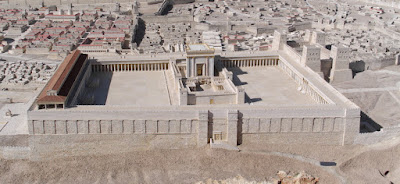A couple of the first items to receive attention in converting this particular Superglide into “The Beast” involved two of the major parts from the donor bike: the frame and the engine cases. Work on the frame was pretty straight forward. The original Beast had a weld-on hardtail section added in about 1980. A couple years later, still before its conversion for drag racing, I added the rectangular extensions to the rear section which lengthened the wheelbase a bit. At the time, not a lot of engineering went in to it. I had simply seen pictures of drag bikes in the magazines with that type of bracing so I copied it. Ironically a bit more “engineering” was involved in reproducing the long-gone original frame. Lacking a good enough memory to come up with the measurements, I selected the best side view picture I had of the original, and scanned it in to the computer. Then by enlarging the image, I was able to create a scale using a known measurement. The 18” rear rim served as a good reference, and from there, a little math revealed the original wheelbase.
Now the stock swingarm frame is depressingly heavy from a drag racing standpoint, but there were no great weight losses to be found from these mods. In fact, more than once when wrestling the frame back and forth between the bike lift and the welding bench I wondered if the finished product would wind up heavier that it started. I had to keep reminding myself that part of the weight I didn’t remember “feeling” had more to do with the intervening 36 years than with actual pounds and ounces. Bottom line; the finished frame weighs about 9 pounds less than the portly stock frame and swingarm that it started as, and that doesn’t even include the weight loss from eliminating the shock absorbers.
 |
| Just as the original, the bike is black when viewed from the left side and orange from the right |
Along with the frame, work on the crankcase was one of the first things to be tackled. The “left over” 3-13/16 bore finless Axtell cylinders would require a bit of work to the crankcases, and I don’t mean just boring for the spigots. Stock cases get really, really thin behind the tappet blocks (particularly the rear cylinder) as well as at the front of the case, when opened up for these cylinders. A goodly amount of time was spent building these areas up with weld and then re-machining. This is basically a copy of what I did on the original after a crack developed during the ’86 season, a crack that I still maintain was due to my own lack of checking the base nut tightness often enough. You will note in the pictures that modifications to the rear lifter block are also involved so that it can “slide in” under the reinforced area.
 |
| A substantial amount of aluminum was added behind each tappet block as well as at the forward section of the front spigot. |
Which brings up another point. On the original Beast, which was also a cone lower end, I ran a .600” lift Andrews “M” grind cam, but of course with the Knucklehead 1:1 rocker arm ratio, the big shovel cam only provided about .420 valve lift. If you’ve never dealt with the idiosyncrasies of a Knuckle/Shovel hybrid, its not just as simple as using a Knuckle cam. For one thing, it would take a specially ground cam due to the larger journal on the outboard end of a cone Shovel cam, and even if you did machine a special cover bushing, the Shovel tappet block bores are not in the same plane as of those on a Knuckle so the cam timing would not be correct. Then if you decide to solve that by installing Knuck tappet blocks, you will discover that only 3 of the 4 mounting holes are in the correct place, not to mention the vacuum passage to the blocks through the Knuck cases. But that particular M grind was long gone, and has been absent from the Andrews lineup for decades. Being always on the lookout for a deal, when a .620 Monster cam from Powerhouse went of sale last fall, I grabbed one. That it is an Evo cam was of little concern, since the Evo lifter blocks are cosmetically much closer to that of a Knuck.
One part that has survived through the years from the original Beast, is the rocker boxes. In the ’87 version was a set of stock 1:1 rocker arms, with their resulting low valve lifts. For the following year I performed a crude modification on the stock rockers to convert them to the Shovel rocker ratio. At some later point in time, I had a set of Shovel rockers modified to fit the rocker boxes. Those will be run on this incarnation, unless time (and valve to valve clearance) allows me to perform as similar modification using Evo rocker arms to get the full designed lift out of the cam.
2 Shovel rockers lengthened, 1 shortened, and 1 as-is to make them all line up
Needless to say, ...more to come.




